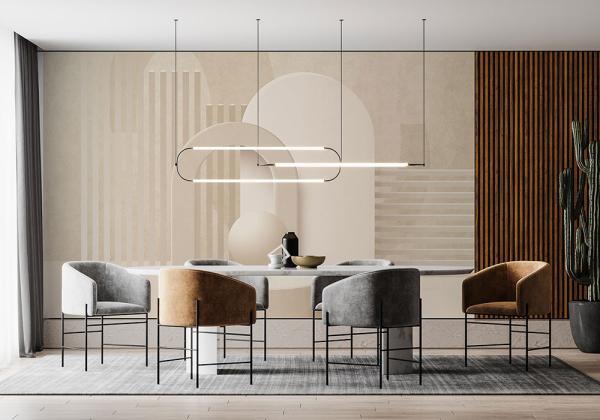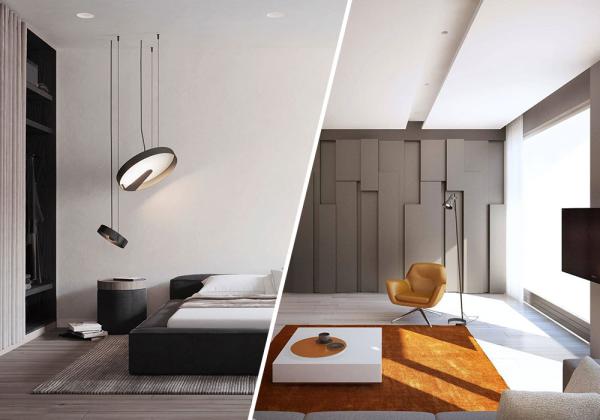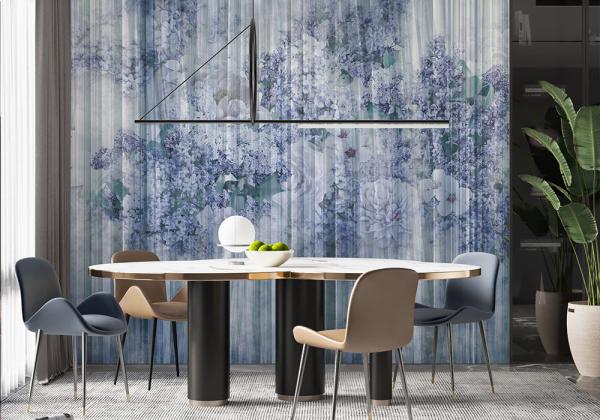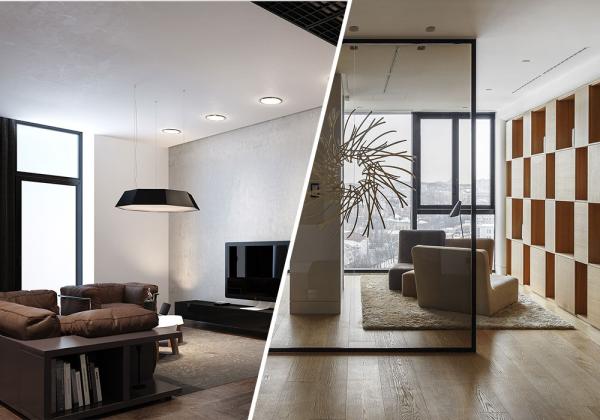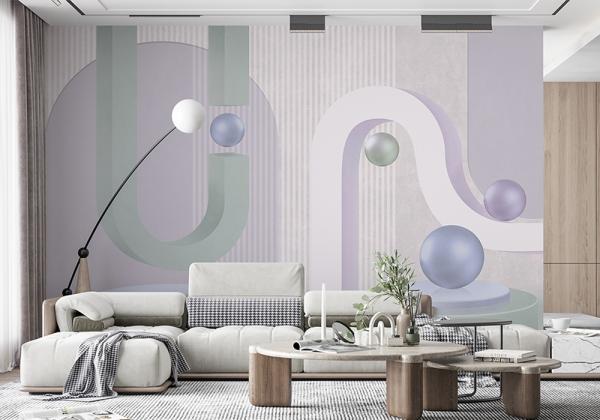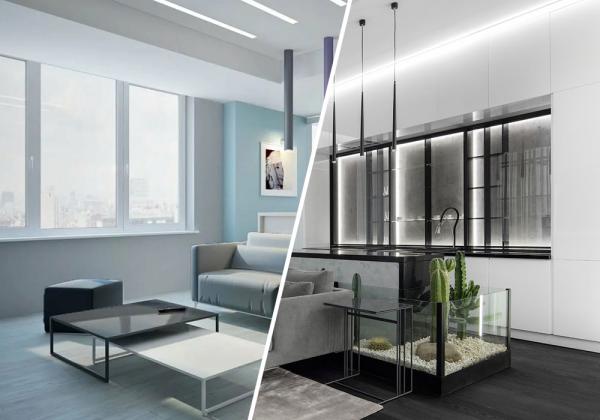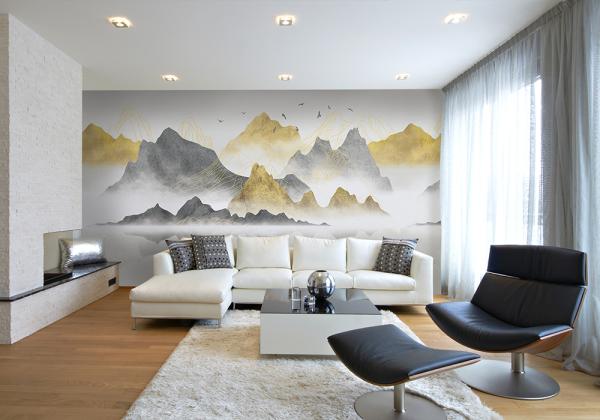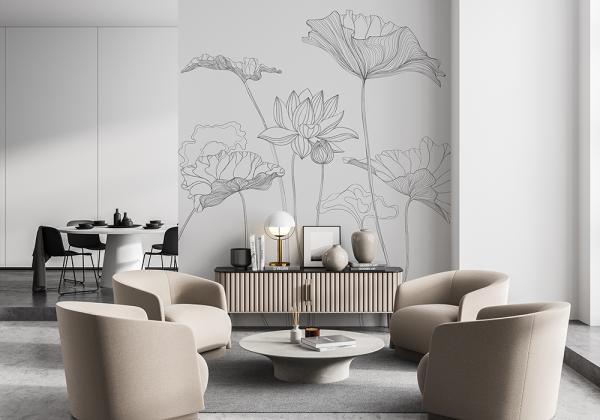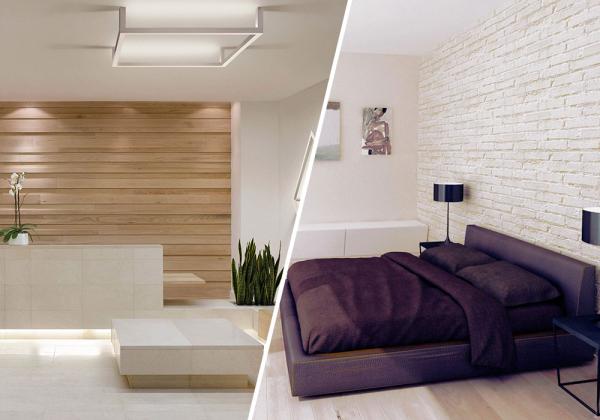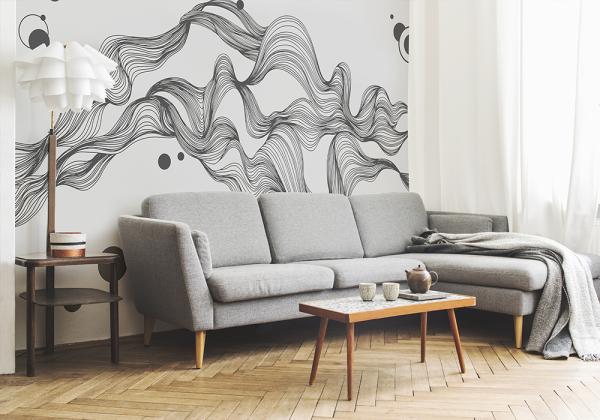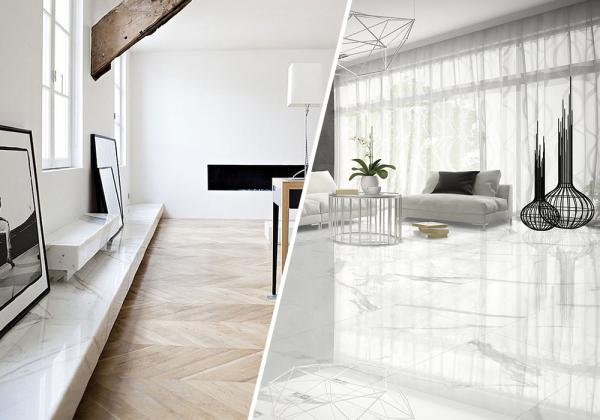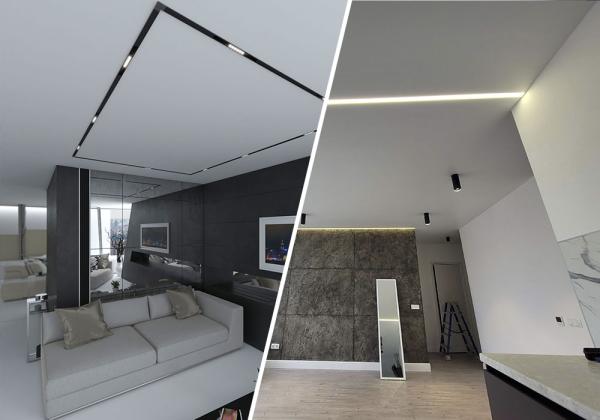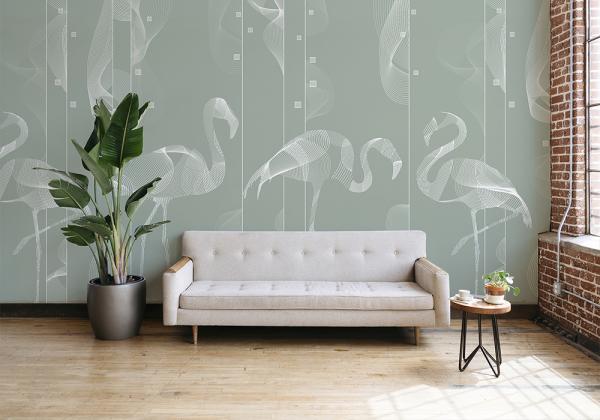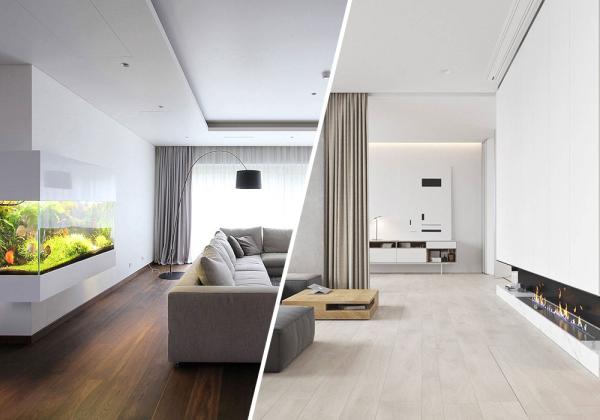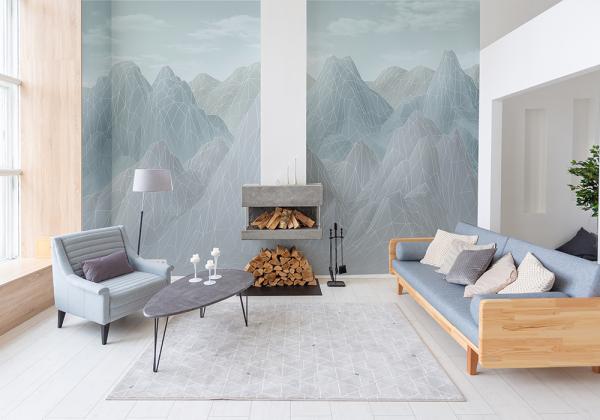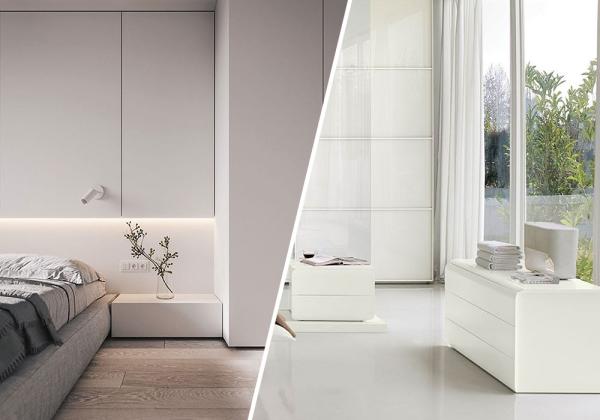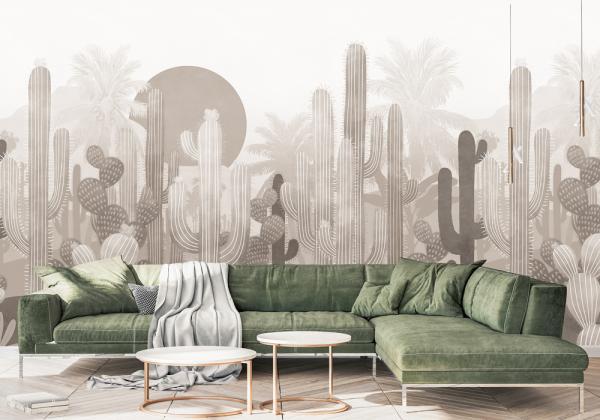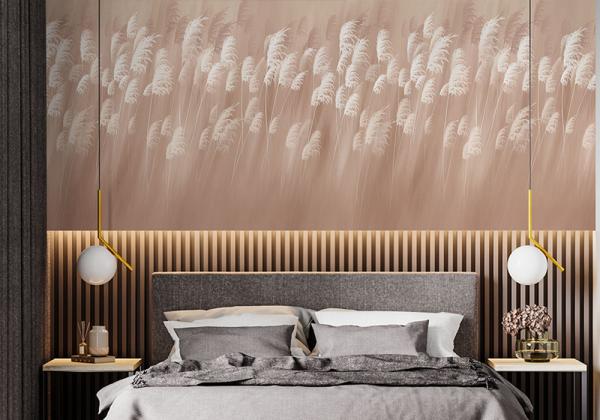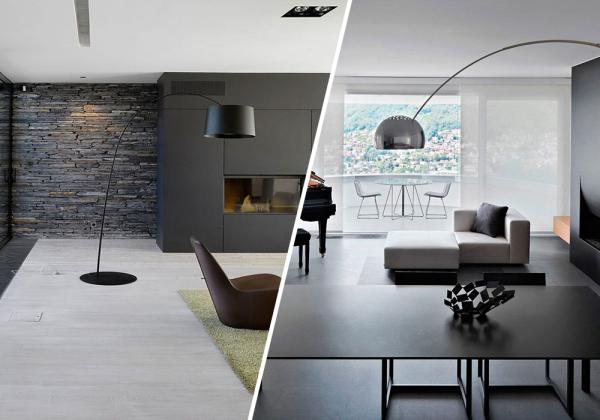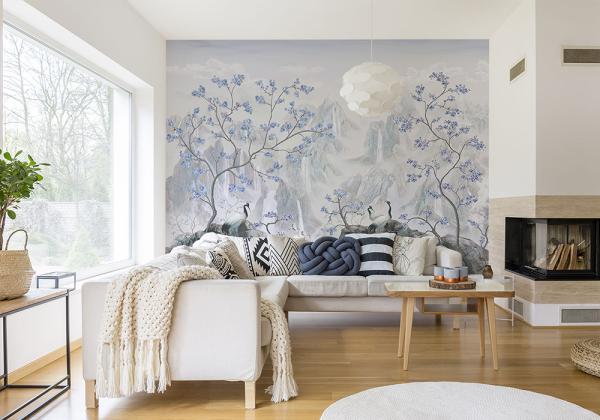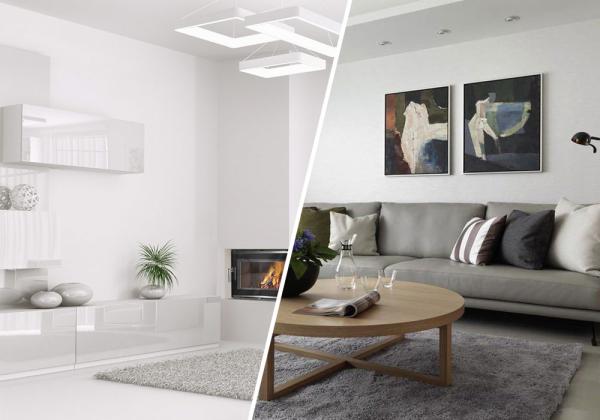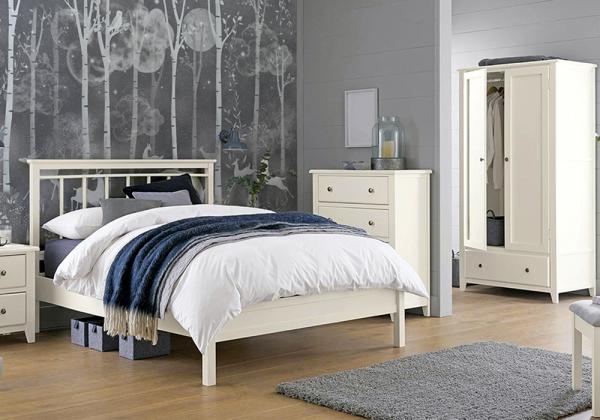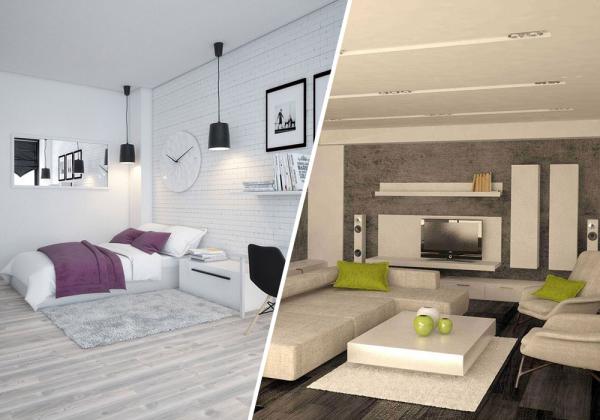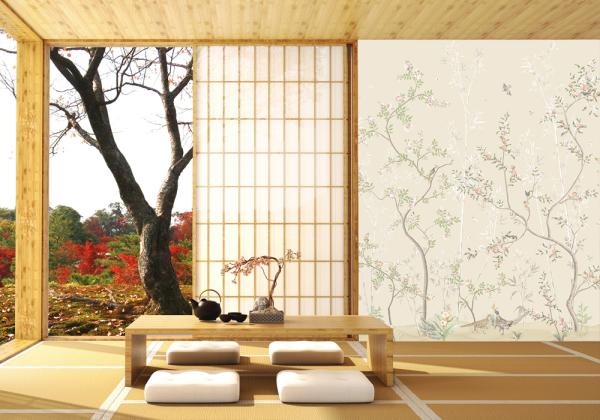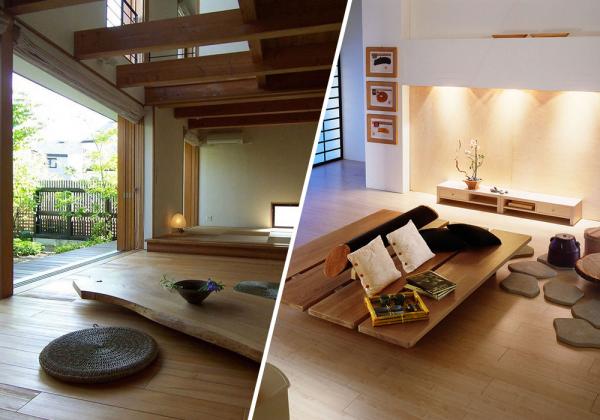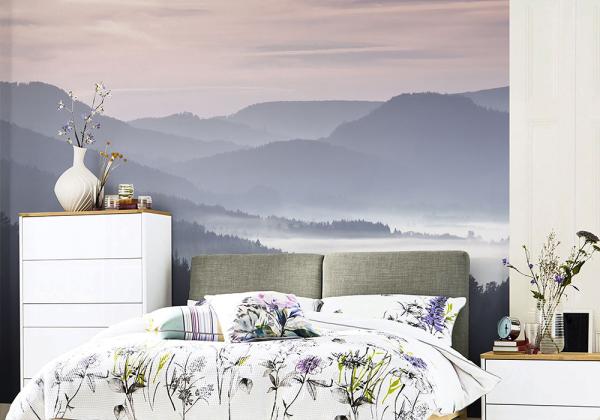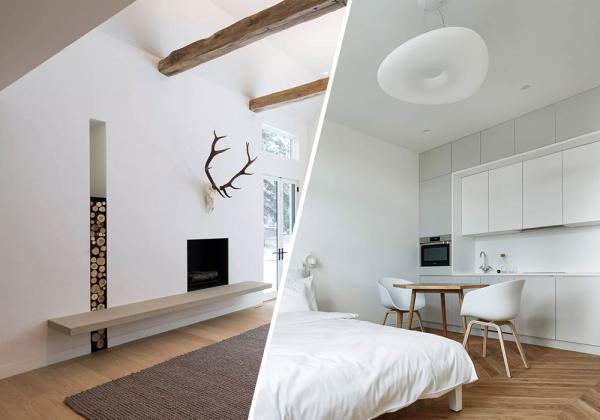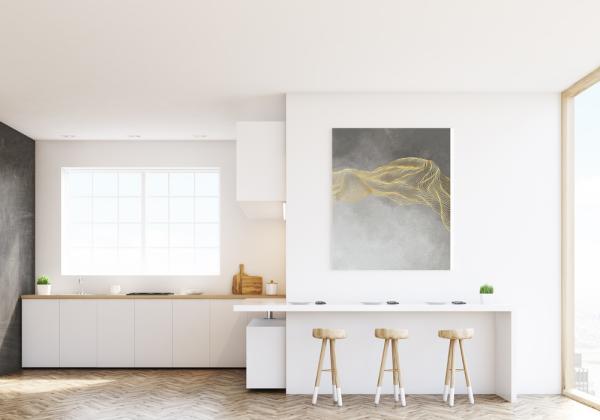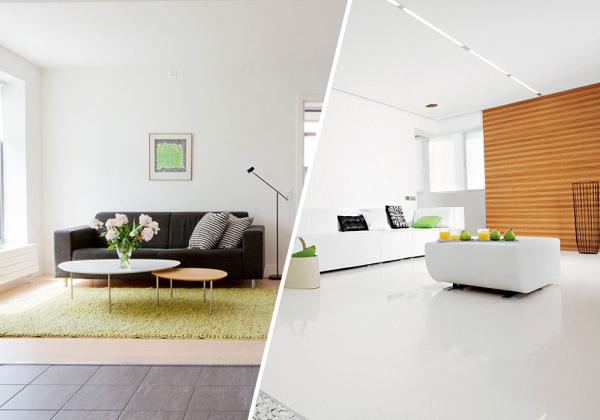
Minimalism from A to Z
Minimalism from A to Z. Have you noticed that people understand the concept of “order” differently? For some, it’s just things laid out in their places. For some, the absence of clothing noise when most items are put away in closets. Well, there are also such pedants who do not tolerate anything superfluous at home, you will not even find a speck of dust with them. If you are one of those, minimalism style is a great solution for your interior.
The history of minimalism
Minimalism style in the interior appeared in Europe 70 years ago. Its origins are constructivism and functionalism of the 20–30s of the last century and the developments of the Bauhaus Institute, whose architectural and industrial school laid the main features of the architecture of the XX century. It is also believed that the appearance of minimalism was influenced by Japanese design and the work of German architect Ludwig Mies van der Rohe, whose motto in construction was “less is better”.
The popularity of the minimalism style in the interior was brought by the works of such designers as Le Corbusier, Hans and Florence Knoll, EEro Saarinen, Charles Ames, Terence Conran. It was they who came up with the idea of using light partitions instead of walls for zoning; shelving and storage systems that transform into independent structures instead of bulky cabinets, chairs and tables on thin legs, which gave a feeling of emptiness, order and conciseness.
The story is coming back: now, when concern for the environment and the philosophy of reasonable consumption come into fashion, the minimalism style is becoming relevant again. Let’s take a closer look at its main features.
The main features of the style
Minimalism style in the interior can be described in three words – functionality, spaciousness, conciseness.
Functionality here means that no thing in the house appears just like that, they are all for something. If the item is not used for its intended purpose, then it does not belong here.
Spaciousness is a lot of free space in a room that is not occupied by anything at all. Ideally, 70% of the total area should be empty. And there should also be a lot of light, especially natural. To do this, extra walls and partitions are removed, door and window openings are enlarged, panoramic glazing is used.
Conciseness implies the absence of any decorations and ornaments, the textures and textures here are very simple. As well as shapes: their main feature is geometricality. Ideally, all objects here should resemble geometric shapes in shape: spheres, cubes, parallelepipeds.
Materials
Another feature of minimalism is its high cost, because only natural high–quality materials should be used here.
Decoration of walls, ceiling, floor
Minimalism style is always flat surfaces. Therefore, before proceeding to its design, much attention should be paid to the rough finish – it should be of very high quality.
Two techniques are used in wall decoration: they can all be the same or one of the walls can carry an accent.
In the first case, you should pay attention to seamless wallpaper in the style of minimalism. With them, you can easily decorate the walls in any base color you like. Wallpaper for painting and plaster will also look good. Finishing “under a brick” is also possible.
High-quality wood is suitable for accent walls: it can be used as a whole or as panels. The accent can also be made with marble, granite, stone, metal or glass – they will give individuality to your interior and make it cozy. But remember that minimalism excludes any patterns and ornaments, so stick to the principle of conciseness.
The floor is best decorated with natural wood, qualitatively processed. It can be both whole boards and parquet. In some cases, the latter can be replaced with a very high-quality laminate. Floors lined with large ceramic tiles, finished with stone, granite and marble will also look good. Lovers of experiments can leave concrete floors: it will look very stylish.
Ceilings, like walls and floors, should be perfectly flat. Multi-stage structures, moldings, beams and other decor are categorically not welcome here. You can leave the ceilings aligned in the rough finish by painting them. You can make tension structures or use drywall. But in any case, it is necessary to provide built-in lighting systems, since in the evening there should be a lot of light in a minimalist-style dwelling.
Furniture
As we have already said, one of the principles of the minimalism style is geometricity. This fully applies to furniture. Ideally, its design should visually fit into a parallelepiped, that is, there should be no roundness, curved shapes, etc. Therefore, chairs and sofas here are squat, on high metal or wooden legs, with straight backs and armrests.
Light shelving is used as storage systems or such furniture is built-in, as if merging with the interior and dissolving into it. In general, in minimalism, adhering to the principle of functionality, transforming models are often used: a coffee table that unfolds as a dining room, a bed with a niche and even a sofa table. Such things, by the way, are an excellent solution for small-sized apartments.
Of the materials from which furniture is made, natural wood with a treatment that preserves the texture is preferable. MDF furniture will also look right. Unlike wood, you can use it to choose the color and texture exactly according to your request, as it can imitate complex natural materials. It is also possible to use plastic in doors and other surfaces that mimic a mirror.
In general, most surfaces in minimalism are glossy, as they visually increase the space. For the same purpose, chrome-plated steel is used for fittings: it gives the furniture lightness.
Color scheme
It seems that minimalism is only white. In fact, this is not true. Even if earlier white, black, gray, dark blue, graphite were considered the main colors that do not allow deviations, now a combination of dark and light tones is possible. For example, adding beige, gray and pearl to the already listed ones will help to zone the space without using additional furniture.
Experimenting, modern designers add accents of light green, yellow, olive and green colors to minimalistic interiors, which looks quite stylish and does not stand out from the general concept. It’s easy enough to do this if you pick up wallpaper, because their color palette is now practically unlimited.
Lighting
There should be a lot of light in the interior of the minimalism style. And if during the day this is achieved by increasing window and door openings, then at night various lighting systems are used for this. Firstly, built-in ceiling, wall and even floor, which allows you to evenly distribute light throughout the room and it seems as if it comes from nowhere. Floor lamps are most often used for spot lighting. Their long thin legs do not visually clutter up the space.
Decor
Minimalism and decor are practically incompatible things. There is practically no one here, because even in most cases they refuse curtains so as not to interfere with the lighting.
Perhaps the only things that will not seem alien here are stylish, preferably black and white, photos, posters or original paintings in the avant-garde style.
And flowers: succulents and various creepers. It is ideal to make an ikebana out of them, which will make a reference to the Japanese traditions of minimalism.
Textile
There are also few textiles in such interiors: one accent pillow, one accent bedspread. And those should not be the brightest colors, simple weave, without ornaments and complex textures. In the nursery, it is permissible to lay a carpet with a small pile and hang curtains for darkening.
Japanese minimalism
The Japanese, perhaps, can be considered the founders of minimalism in the interior, because most of their homes are designed in this style even now. Their main features are restraint and proximity to nature. It originated here a long time ago and all thanks to seismic instability: frequent earthquakes forced the construction of light houses, where instead of walls there were screens and partitions. Yes, they easily collapsed, but they were also easy to restore, plus light structures, falling, did not harm people.
In general, Japanese minimalism is characterized by the use of raw materials: unpainted stone, untreated wood, bamboo. The furniture is only geometric and very simple, without legs, it all stands on the floor. Light, light colors: white, beige, light gray and natural shades of light wood. Of the walls, only the main load-bearing ones are here, all the rest of the zoning is achieved through the use of translucent folding screens, partitions and even doors. Pieces of nature are used as decor here: bansai, ikebana, an aquarium with fish.
Scandinavian Minimalism
Scandinavian minimalism is slightly different from Japanese in style. Its main feature is the predominance of white color. Since the climate here is not very cozy and eternally gray, due to this color, an expansion of space is achieved, which gives more light. In white, or strongly diluted shades of pastel tones, everything is painted here, up to the furniture. Scandinavians are gurus of functionality, for all things they have storage systems that are as convenient as they are not noticeable, that it seems as if there are no things in their homes. They even have such systems built into decorative items: poufs, floor lamps and more. That is, nothing superfluous from the word at all. But zoning with partitions and screens is not welcome here: there is so much space.
How to design an interior in the style of cozy minimalism
Despite all the features, minimalism is still not equal to asceticism. This style is rather for business-minded people who have so many things in society, including information noise, that at home you just want to relax and focus on the main thing. Therefore, when considering home remodeling, this style not only can, but also should be cozy. To do this, hire a remodeling contractor and use natural materials in the decoration: their appearance in itself causes a feeling of warmth and comfort. Add green plants to the room: proximity to nature always causes a rush of joy. Well, so that the eye does not get tired of monotonous colors, add a few color textile accents and visual ones (for example, a picture) and change them more often. Then your interior will seem constantly new.


